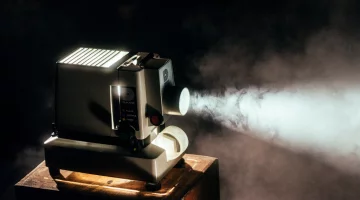Provisional and non-provisional applications, administered by the United States Patent and Trademark Office (USPTO), are two options for people wishing to protect their inventions. The provisional application has a lower price point which makes it the more economically attractive option for a first patent filing in the U.S., while providing parity between U.S. and foreign applicants under the GATT Uruguay Round Agreements.
What Does a Provisional Application Do?
Filed with the USPTO under 35 U.S.C. §111(b), the provisional patent form is a U.S. national application that allows for applicants to file without "a formal patent claim, oath or declaration, or any information disclosure (prior art) statement". The expeditious nature of this type of patent form enables applicants to establish an earlier effective filing date, which can be highly useful should they wish to establish primacy later or file a non-provisional patent application under 35 U.S.C. §111(a) at a later date. It is the provisional patent form that enables applicants to use the phrase "patent pending" in conjunction with their invention (Source: "Provisional Application for Patent," The United States Patent and Trademark Office, http://www.uspto.gov/patents/resources/types/provapp.jsp).
The pendency of this application is effective for 12 months from the date in which the application was filed. This pendency cannot be extended, it is important to note. For this reason, an applicant who files this type of form must file a corresponding non-provisional application during the 12-month pendency period if they do not wish to forfeit the claim to the earlier filing date of their provisional form. This application must, understandably, specifically reference the provisional application.
An alternative to filing a corresponding non-provisional form is to convert the provisional application to a non-provisional one by filing a "grantable petition". This must be done within the same 12-month period from the date of the first filing. The downside of this method is that the term of the patent issuing from such a conversion will commence from the date of the original provisional form filing date.
What Does a Non-Provisional Application Do?
A patent is a sort of "fence" for an invention. It establishes the boundaries for ownership and profit derived from anything contained within the perimeters, just as property rights protect homeowners and businesses from trespass. For a limited time, a non-provisional patent holder is given rights that exclude others from using, making, selling, offering to sell, or importing in the U.S. the material defined within the patent.
There are three types of patents: utility, design, and plant (and two types of utility and plant patent applications - provisional and non-provisional). Of the over 500,000 patent applications received each year, most are for utility patents (Source: "Nonprovisional (Utility) Patent Application Filing Guide," The United States Patent and Trademark Office, http://www.uspto.gov/patents/resources/types/utility.jsp).
If you have questions about other types of patent forms, locating a patent attorney or agent, obtaining the most up-to-date Fee Schedule, or obtaining copies of other USPTO publications, contact the USPTO.
One important note to be made is that having a patent does not mean the USPTO will go after and enforce infringement of that patent. It is up to the patent holder to enforce their patent rights and pursue proper recourse should their patent be encroached upon. Given the complex nature of the non-provisional application, the USPTO recommends that applicants consult with a registered patent attorney or agent, after reviewing their guide.
Works Cited:
"Nonprovisional (Utility) Patent Application Filing Guide," The United States Patent and Trademark Office, http://www.uspto.gov/patents/resources/types/utility.jsp
"Provisional Application for Patent," The United States Patent and Trademark Office, http://www.uspto.gov/patents/resources/types/provapp.jsp






